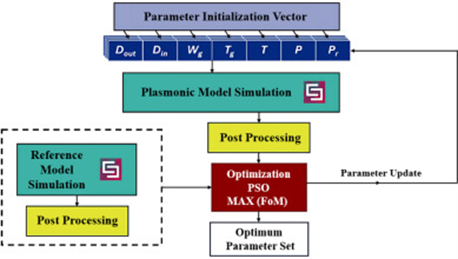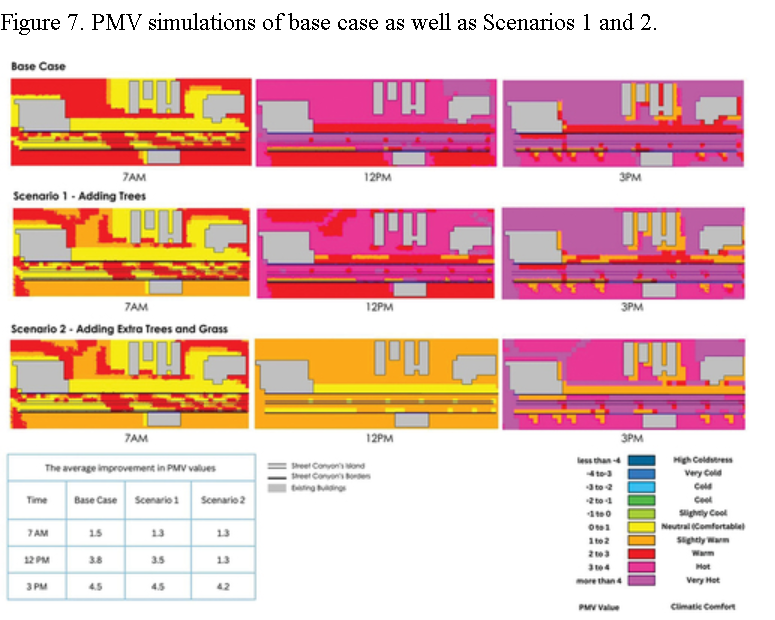
Coagulation/flocculation process for textile mill effluent treatment: experimental and numerical perspectives
This study investigates the feasibility of applying coagulation/flocculation process for real textile wastewater treatment. Batch experiments were performed to detect the optimum performance of four different coagulants; Ferric Sulphate (Fe2(SO4)3), Aluminium Chloride (AlCl3), Aluminium Sulphate (Al2(SO4)3) and Ferric Chloride (FeCl3) at diverse ranges of pH (1–11) on the removal of chemical oxygen demand (COD), total suspended solids (TSS), colour, total nitrogen (TN) and turbidity from real textile wastewater. At pH 9, FeCl3 demonstrated the most effective removal for all studied contaminants. Experiments were conducted to assess the dosage and operating conditions to achieve optimum removal efficiency for all studied contaminants by using FeCl3. The obtained results demonstrated the higher ability of FeCl3 in textile wastewater treatment with optimum conditions; pH 9, 150 rpm in 1 min rapid mixing, 30 rpm in 20 min slow mixing and 30 min settling. Artificial neural network (ANN) model was applied to predict the removal efficiencies of the studied contaminants under different variables using FeCl3 coagulant. ANN model adequately predicted the studied parameters removal efficiencies with a coefficient of determination greater than 90% and has the capability of simulating the coagulation process and predicting removal percentages using the author’s experimental data. © 2020 Informa UK Limited, trading as Taylor & Francis Group.



